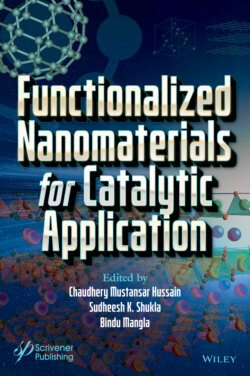Читать книгу Functionalized Nanomaterials for Catalytic Application - Группа авторов - Страница 25
1.5.2 Polymer Composite–Based FNMs as Photocatalysts
ОглавлениеPolymer TiO2/CS/glass FNMs were powerful in decomposing RR4 organic dye in visible region. h+ and ·OH generated from TiO2 layer circulate to TiO2/CS boundary to cause oxidation of RR4. A total of 100% efficiency was noticed with the stability up to seven reusable cycles [175]. CdS/TiO2-PAN FNM degraded MB (66.29%) in 210 min [176]. Researchers studied the photocatalytic action and inferred a repeated utility to protect the water system. Chitosan-AgCl/Ag/TiO2 synthesized by the team Jbeli, A. et al. was reported to be cost-effective photocatalytic degrader of organic components ABA, O-TD, and SA under visible radiations [177]. Similarly, surface modified FNM TiO2/ZnO/chitosan had a powerful photo-degradability of MO (97%) when excited by solar radiations [178]. An organic/inorganic FNM as composites P3HT/PNP-Au NP got by re-precipitation method showed positive spectral line in UV region (~427 nm), had an enhanced photocatalytic decomposition of MB (90.6%), and inferred that it may be due to a strong π-π* shift [179]. A 3D honey-comb like ordered macro-porous NM-3DOM Ag/ZrO2 had significant photocatalytic degradability over CR when stimulated by multi-modules of microwave-assisted, simulated-solar, UV, and visible radiation [180].
